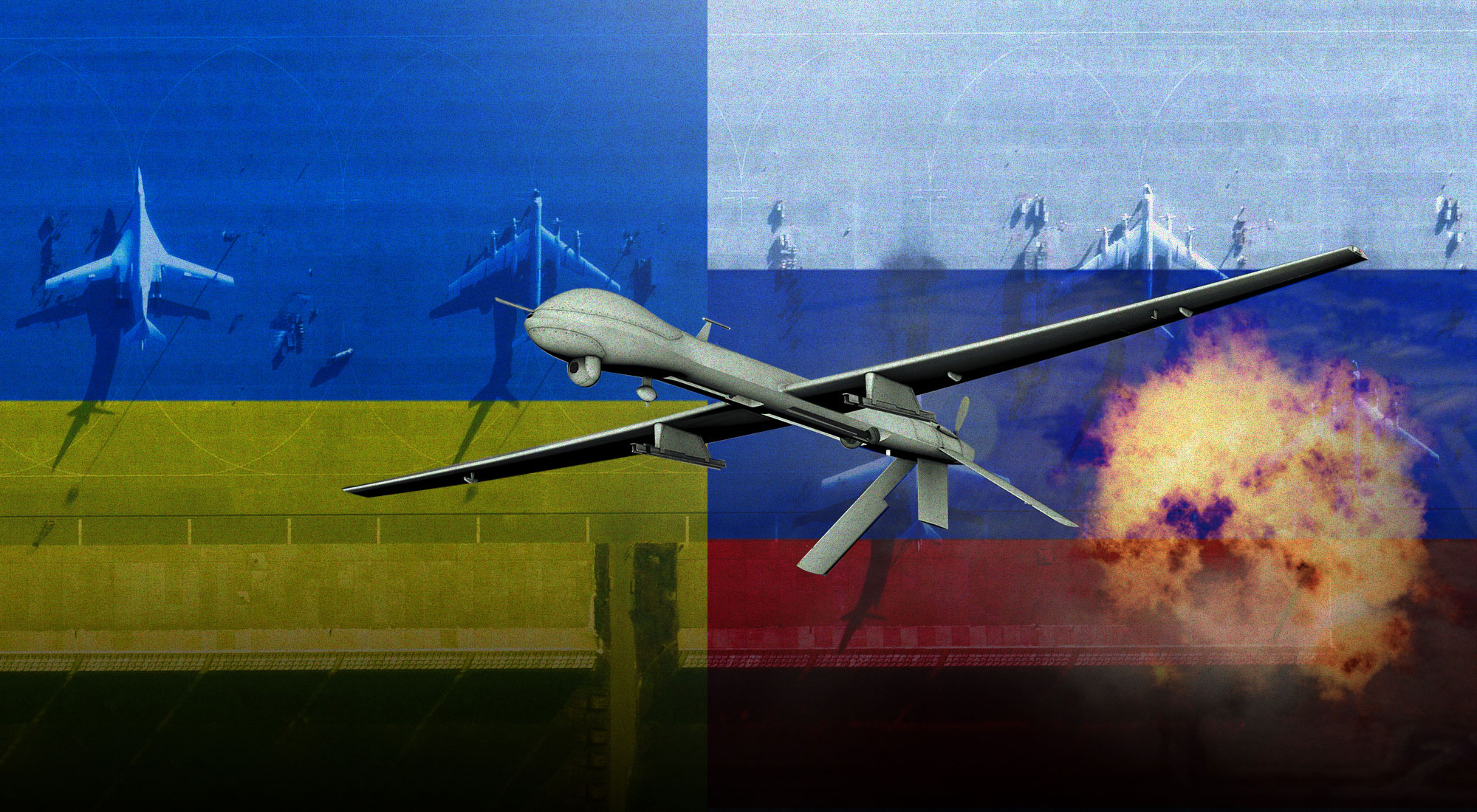State of emergency
Genuine and meaningful reflection upon counter-terrorism policy involves all in authority being prepared to openly challenge existing concepts and approaches. In questioning fundamental assumptions of how governments should protect its citizens there are few better places to begin than with terrorism, for not only are these matters of intense public and political concern, but they raise acute challenges for the entire security apparatus of the state. In the context of counter-terrorism these challenges arise because terrorism can inflict significant loss of life, yet it is not simply the scale of the atrocities committed in its name that gives terrorism its special status; it is the threat it poses to the state.[i] Terrorism undermines the basis of state legitimacy – the capacity and capability to protect its citizens. Protecting the public from those who seek to destroy a nation’s free and democratic way of life remains the primary responsibility – and therefore the primary challenge – for all servants of the state.
The threat from terrorism today remains a clear and present danger for many nations as terrorist groups operating across the world continue to breach security measures at an alarming rate. While recent terror attacks have been delivered in Iraq, Nigeria, Yemen and Saudi Arabia by various terrorist groups, it has been the significant rise in levels of terrorist violence across Europe, and in particular France, that has raised acute concerns across the international security community. To assess the potential failures to prevent the series of terror attacks that killed 147 people in Paris during 2015, the French government established a Parliamentary Commission. The inquiry included the investigation of responses to the 7th January gun attacks on the Charlie Hebdo offices and kosher grocery store, to the coordinated armed assault and bomb attacks on 13th November outside the national sports stadium, at bars and restaurants and at a rock concert at the Bataclan concert hall.
Delivering findings in a report published during July earlier this year, the Parliamentary Commission identified multiple failings by French intelligence agencies. The findings of the inquiry were far-reaching, revealing that French authorities were not properly prepared for the terror attacks and were not equipped to provide first aid to victims of terrorism while an attack was ongoing, a shortcoming that inflated the death toll as victims waited for medical personnel to arrive. [ii] The Parliamentary Commission also identified that the state of emergency imposed after the November attacks, as well as the deployment of troops to patrol the streets of Paris under a military operation, had only limited impact on security. Calling for a complete overhaul of the French counter-terrorism apparatus to be led by a new, single, national Counter Terrorism Agency, Georges Fenech, Head of the Parliamentary Commission, stated: “Our country was not ready; now we must get ready.” The publication of the report coincided with the deadly attack on 16th July where 84 people were killed and 100 more injured in the southern French city of Nice when a Daesh-inspired terrorist deliberately drove a lorry into a crowd celebrating Bastille Day. The findings of the French Parliamentary Commission were amplified by the loss of life at the Bastille Day massacre which provided worrying evidence that the lessons already identified from major terrorist events in our recent history had yet to be learned.
Strategic failures
State failures to protect its citizens from terror attacks is nothing new. The series of coordinated suicide bombings of Al Qaeda’s Planes Operation on 11th September 2001 in the United States created a new genre of terrorist conflict which exposed severe fault lines in the national security machinery of President George W Bush’s administration. Stunned by the attacks themselves the intelligence community across the world had to come to terms with the emerging fact that they been wrong-footed by a tiny band of terrorists dispatched by Al Qaeda, a loosely constructed organisation based in one of the poorest, most remote and least industrialised countries on Earth.[iii]
The 9/11 Commission revealed Al Qaeda terrorists had exploited deep institutional failings within the United States government, including major intelligence gaps and shortcomings. Reflecting on the events leading to 9/11 it is difficult to comprehend the United States authority’s failure to recognise the signs that a major terrorist plot was being developed within their communities but the lessons to be learned indicated that despite the sheer size and scale of the United States security machine, it did not correctly analyse, assess or prioritise intelligence on a national level.[iv] Despite collating intelligence to develop a picture of unfolding events the United States authorities were behind the activities of the terrorist cell, and as the Al Qaeda Planes Operation drew into its final phases, time to prevent the plot and detain the suspects simply ran out. The message to all in authority was clear: to effectively manage the new and emerging threats from international terrorism would require a new type of strategic response.
A model approach
When terrorist attacks succeed the political stakes are high: legislators fear being seen as lenient or indifferent and often grant the executive broader authorities without thorough debate. New special provisions intended to be temporary can turn out to be permanent and although governments may frame their new provisions in terms of a choice between security and liberty, sometimes the loss of liberty is not necessarily balanced by the gain in safety and the measures introduced become counter-productive. In the post 9/11 era, governments across the world have devised counter-terrorism strategies to meet the terrorist threat from which have emerged four broad but distinct response types which includes the use of the military, criminal justice and, more recently, community and cyber based models described in Table 1.
Table 1 – Strategic Model to Counter Terrorism
| Military model | · used by governments to tackle terrorists who pose a significant threat to their nation’s security · required when domestic law enforcement agencies can no longer contain a specific terrorist threat · meets the demand of the public and the media for swift and tough action to be taken against terrorists · requires strong support from domestic intelligence and law enforcement agencies. · may increase the likelihood of further innocent casualties, which could lead to sympathy and support for the terrorist group.[i] · military action may undermine democracy and raise concerns about human rights · may produce false expectations of an early success[ii] |
| Criminal justice model | · protects the democratic values of the prosecuting states · ensures the rights of all concerned are maintained · ensures the process of dealing with terrorist suspects is legitimate · depends upon effective domestic law enforcement agencies and their ability to conduct complex terrorist investigations.[iii] · depends upon efficient bi-lateral and multi-national co-operation. |
| Community model | · seeks to support and harness the collective attributes of communities by creating long term trusted relationships between community leaders, credible voices in communities, charities, groups, residents, schools, universities, clubs and associations, all of whom have a role in challenging unacceptable behaviors and extremist views · Empowers communities to build resilient and hostile environments for terrorist to operate |
| Cyber model | · recognizes that the internet has changed – and continues to change – the very nature of terrorism. · seeks to create a hostile online environment for terrorists to recruit, radicalize and plan attacks · seeks to safeguard online users most vulnerable to radicalization · aims to police the virtual and ungoverned domain of cyber space by increasing levels of cyber security to prevent cyber-attacks on critical infrastructures
|
Contesting terror
The model approach to counter contemporary terrorism has emerged from various countries who not only identified their own vulnerabilities but who quickly acted to strengthen their responses. An example of the ability to amplify efforts against a new and emerging terrorist threat is best illustrated in the strategic approach of the UK following the 9/11 attacks who, like many other countries across the world, had no sophisticated strategy to counter international terrorism. In the immediate aftermath of 9/11 work began on developing a comprehensive national counter-terrorism strategy to tackle the threat from Al Qaeda. The strategy that emerged from his work was called CONTEST (CouNter-TErrorism STratgey). An important and implicit assumption contained within CONTEST from the outset was that there was no complete defence against contemporary determined terrorists, especially as they continued to develop new ways in which to deliver death and destruction on an unimaginable scale. Even during its early stages of development, CONTEST indicated that there were no frameworks that could guarantee peace. The aim of the strategic approach was to take sensible steps to reduce the risk to the public domestically and internationally, on the principle known as ALARP, to a level ‘as low as reasonably practicable’.[1] From these sensible steps were mapped what became known as the ‘4P’s’ which included:
- Pursue, to stop terrorists attacks;
- Prevent, to stop people becoming terrorists, or supporting violent extremists;
- Protect, to strengthen protection against terrorist attack; and
- Prepare, where an attack cannot be stopped, to mitigate its impact.[2]
The CONTEST strategy had a clear strategic aim: ‘to make it possible for society to maintain conditions of normality so that people could go about their normal business, freely and with confidence, even in the face of suicidal terrorist attacks.’[3] The CONTEST strategy provided the UK government with a framework to coordinate, direct and shape the response to international terrorism but efforts and initial approaches by government to implement preventative counter terrorism action through CONTEST was by no means welcomed and supported by all, and the practical delivery of CONTEST encountered – and continues to encounter – many operational challenges.
A way forward
An effective counter-terrorism strategy to tackle all forms of contemporary terrorism must effectively fuse the community, criminal justice, military and cyber models, each being underpinned by the holistic approach of Prevent, Pursue, Protect and Prepare. Bringing these elements together, and directing programmes of action under the 4P’s, provides authorities with a comprehensive and flexible range of options that can be applied as a justified, proportionate, necessary and legitimate response to the threats to be tackled. The next generation of counter-terrorism strategies must seek to embed a new and increasingly collaborative and community-centred approach. Contemporary counter-terrorism strategies should bring together the very best of existing responses currently in operation across the world, being enriched and amplified by a greater connectivity and coordination across public and private sectors – all of whom have an integral part to play in tackling today’s terrorism.
Also of great importance is the requirement to monitor and evaluate the effectiveness of responses, which means not only capturing lessons learned but identifying, investing and amplifying efforts in those activities that are working well. The development of the next generation of counter terrorism strategies must inform and improve an evidence base of what measures are proving effective. The lack of an evidence base upon which to build strategic responses reflects the gradual evolution of counter-terrorism strategies across the world which has been reactionary; taking the form of major developments following a major attack. The changes of a state’s apparatus to protect and preserve its security from acts of terrorism can be plotted throughout history by joining the dots represented by catastrophic events. The collaborative approach to counter terrorism has also largely been a series of terrorist actions and counter-terrorist reactions. The collaborative framework within which state agencies find themselves working today is in many ways in direct response to the achievements of the terrorist, as opposed to any long term, carefully orchestrated strategic vision of government policy-makers.
The evolution of counter terrorism strategies across the world has shown that complacency founded upon the absence of fatal terrorist attacks, whether among politicians, policy-makers, practitioners or the public, is both misplaced and unwise. Throughout the history of counter-terrorism practice, shocking events have only served to deepen the resolve of governments to develop and strengthen their response. Recent terrorist events, such as the devastating attacks in France, will doubtless provide the genesis for the development of a stronger and more sophisticated approach to counter-terrorism designed to meet the future challenges of an unpredictable world. Yet beyond resolute determination, such events must instil a re-dedication to preparedness so that new strategic approaches can be identified that embed progressive developments to ensure that the primary driver for change in counter-terrorism strategies is not simply the next successful attack.
[1] Omand, D Securing the State (2012) London: Hurst & Co Publishers Ltd.
[2] HM Government Countering International Terrorism; The United Kingdom’s Strategy (2006).
[3] HM Government Countering International Terrorism; The United Kingdom’s Strategy (2006).
[i] Coaffee, J Terrorism, Risk and the Global City (2009) Surrey: Ashgate.
[ii] Schmid, A P The Routledge Handbook of Terrorism Research (2011) Oxon: Routledge.
[iii] Masferrer, A Walker, C Counter-Terrorism, human rights and the rule of law (2013) Cheltenham: Edward Elgar Publishing Limited.
[i] Sterba, J P Terrorism and International Justice (2003) New York: Oxford University Press
[ii] http://www.politico.eu/article/french-lawmakers-urge-security-overhaul-after-paris-terror-attack-inteligence-security-failures/
[iii] The 9/11 Commission Report: Final Report of the National Commission on Terrorist Attacks Upon the United States (Authorized Edition) (2004) W. W. Norton & Company; United States.
[iv] The 9/11 Commission Report: Final Report of the National Commission on Terrorist Attacks Upon the United States (Authorized Edition) (2004) W. W. Norton & Company; United States.








